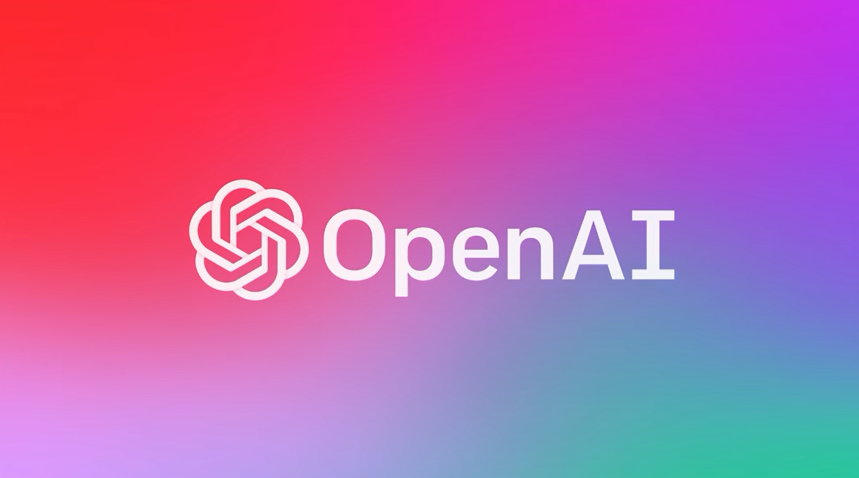 AI
AI
 AI
AI
 AI
AI
OpenAI LLC today introduced GPT-4, a new large language model that can answer complex questions more accurately than ChatGPT while offering a broader range of customization options.
GPT-4 is rolling out alongside Claude, a new chatbot from OpenAI rival Anthropic that also made its debut today. Anthropic, which recently raised $300 million from Google LLC, says Claude is easier to use than earlier AI models. The startup claims its new chatbot is also less likely to produce harmful output.
Claude, ChatGPT and GPT-4 are all designed to perform text processing tasks. What sets the latter model apart is that it’s capable of taking not only text but also images as input. A user could, for example, upload a photo of a router to GPT-4 and ask the AI to explain the device’s purpose.
GPT-4 also lends itself to many other use cases. It can generate text, solve math problems and write software code. Furthermore, the model is capable of processing search engine queries: Microsoft Corp. disclosed today that the chatbot it introduced for Bing last month is powered by a customized version of GPT-4.
The model’s predecessor, GPT-3.5, can perform many of the same tasks. But GPT-4 is described as being more adept at answering complex questions. “The difference comes out when the complexity of the task reaches a sufficient threshold—GPT-4 is more reliable, creative, and able to handle much more nuanced instructions than GPT-3.5,” OpenAI researchers detailed in a blog post today.
To evaluate GPT-4’s accuracy, the startup tasked it with completing a series of academic tests. OpenAI supplied the AI with more than two dozen tests spanning fields such as mathematics, law, biology and economics.
GPT-4 completed a simulated version of the bar exam with a score that put it in the top 10% of test takers. When the AI tackled questions from the International Biology Olympiad, it achieved an even higher score. OpenAI says that GPT-3’s answers placed it among the top 1% of test takers.
GPT-4’s capabilities are the fruit of a two-year development effort. The initiative began when OpenAI partnered with Microsoft Corp. to build an AI-optimized supercomputer in the latter company’s Azure cloud platform. OpenAI used the supercomputer to train both GPT-4 and the model’s predecessor.
“A year ago, we trained GPT-3.5 as a first ‘test run’ of the system,” OpenAI’s researchers detailed. “We found and fixed some bugs and improved our theoretical foundations. As a result, our GPT-4 training run was (for us at least!) unprecedentedly stable, becoming our first large model whose training performance we were able to accurately predict ahead of time.”
While developing GPT-4, OpenAI also added enhancements that are designed to reduce the risk of harmful output. The startup says that GPT-4 is 82% less prone to generating disallowed content than GPT-3.5. OpenAI has also reduced the frequency of AI hallucinations, or situations where the neural network makes unsubstantiated claims with a high degree of confidence.
However, OpenAI cautioned that GPT-4 still has accuracy limitations. “Most importantly, it still is not fully reliable (it ‘hallucinates’ facts and makes reasoning errors),” the startup’s researchers stated. “Great care should be taken when using language model outputs, particularly in high-stakes contexts.”
Shortly before OpenAI’s introduction of GPT-4 this morning, rival startup Anthropic introduced a chatbot called Claude. Like GPT-4, the chatbot supports a wide range of text processing use cases. It can summarize documents, generate new text, answer search queries and write code, as well as perform other tasks.
Both GPT-4 and Claude are designed to be customizable. In the case of GPT-4, OpenAI has added a feature that will allow users to adjust the model’s verbosity, tone and style to a greater extent than was possible with its earlier AI systems. Anthropic, in turn, stated that Claude can “take direction on personality, tone and behavior.”
Anthropic has already made its chatbot available to a number of early customers. Those customers reported that “Claude is much less likely to produce harmful outputs, easier to converse with, and more steerable” than earlier AI models, the startup claims. For users with less advanced requirements, Anthropic is offering a simplified version of Claude that trades off certain features for lower pricing.
OpenAI and Anthropic are both making their new AI models available to consumers through a chatbot interface. Additionally, the startups will offer application programming interfaces that will allow developers to integrate the models into their software.
Support our mission to keep content open and free by engaging with theCUBE community. Join theCUBE’s Alumni Trust Network, where technology leaders connect, share intelligence and create opportunities.
Founded by tech visionaries John Furrier and Dave Vellante, SiliconANGLE Media has built a dynamic ecosystem of industry-leading digital media brands that reach 15+ million elite tech professionals. Our new proprietary theCUBE AI Video Cloud is breaking ground in audience interaction, leveraging theCUBEai.com neural network to help technology companies make data-driven decisions and stay at the forefront of industry conversations.